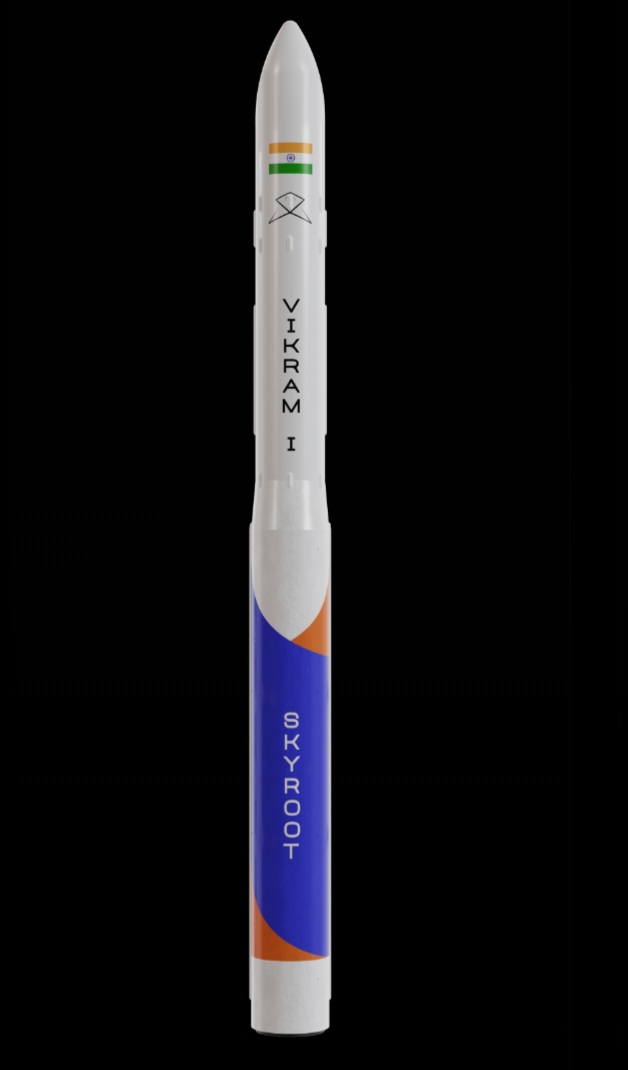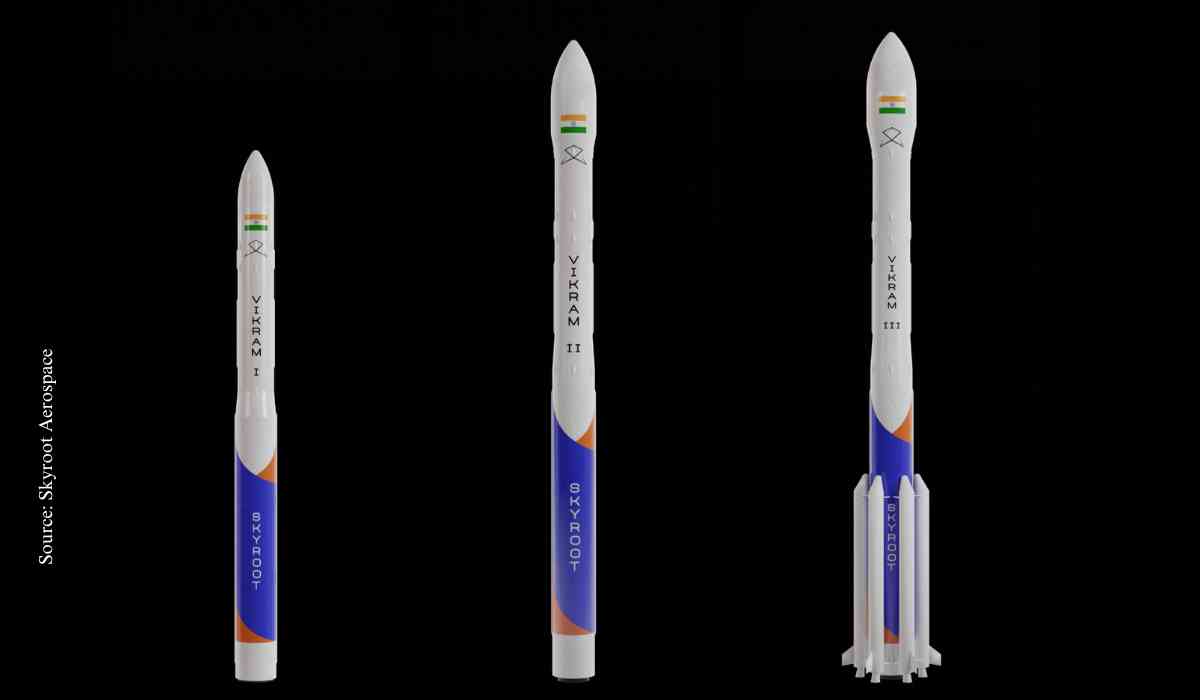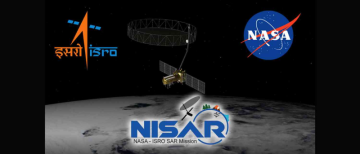Skyroot Aerospace, a private Indian aerospace company, is gearing up for its next mission, Vikram-1, into orbit. The company previously launched the Vikram-S rocket last year and created history. The Vikram-1 is scheduled to launch by the end of this year, subject to clearance from the respective authorities, according to sources. It is currently undergoing various tests and reaching development milestones.
Skyroot Aerospace Mission and Achievements
The mission of Skyroot is to open Space for all by pushing the boundaries of technology. They are working towards a future where Space becomes part of our lives, and as a result, the transition aims to transform humankind.
Skyroot Aerospace was established on June 12, 2018. It became the first Indian private company to successfully test-fire a full-scale liquid propulsion engine in August 2020, and by December 2020, it had developed and successfully demonstrated a solid rocket stage.
In September 2021, Skyroot became the first Indian private start-up to sign a MoU with ISRO and gain facilities and expertise from them. By the end of 2021, it had also successfully demonstrated a fully 3D-printed cryogenic engine.

Source: Skyroot Aerospace
Vikram-1 Specifications
♦ Vikram-1 is part of the Vikram Series, a series consisting of modular Spcae launch vehicles that are specially crafted for small satellite markets.
♦ Payload Capacity: This launch system is capable of carrying 480 kg to a low-inclination orbit at a distance of 500 km or 290 kg to a 500 km Sun-Synchronous Polar Orbit (SSPO).
♦ Architecture: It employs highly reliable solid propulsion stages with a proven design heritage, features miniaturized components, and incorporates ultra-low shock pneumatic separation for a smooth deployment.
♦ Flexibility: The launch system includes an Orbital Adjustment Module with restart capability, allowing it to insert payloads into multiple orbits, enhancing its mission flexibility.
♦ Cost-Effectiveness: It is designed to be the most cost-effective option in its payload category, making it an economically attractive choice for various mission requirements.
♦ Responsiveness: This launch system requires minimal range infrastructure and boasts the ability to be assembled and launched within just 24 hours from any launch site, providing rapid response capabilities for time-sensitive missions.
Vikram-1 Development Milestone
Vikram-1, which was designed with the capability to carry multiple payloads into Orbit, reached a development milestone when it succeeded in the testing of the fully 3D-printed, regeneratively cooled Raman-II engine. This milestone was achieved with the support of ISRO.
In conclusion, the technologies included in this launch vehicle are 3D printing, carbon composites, future-focused fuels, and more. This launch will help the company step forward with its mission to make space travel reliable, regular, and on-demand, and it will also open up space exploration to a wider audience.
Ⓒ Copyright 2023. All Rights Reserved Powered by Vygr Media.























